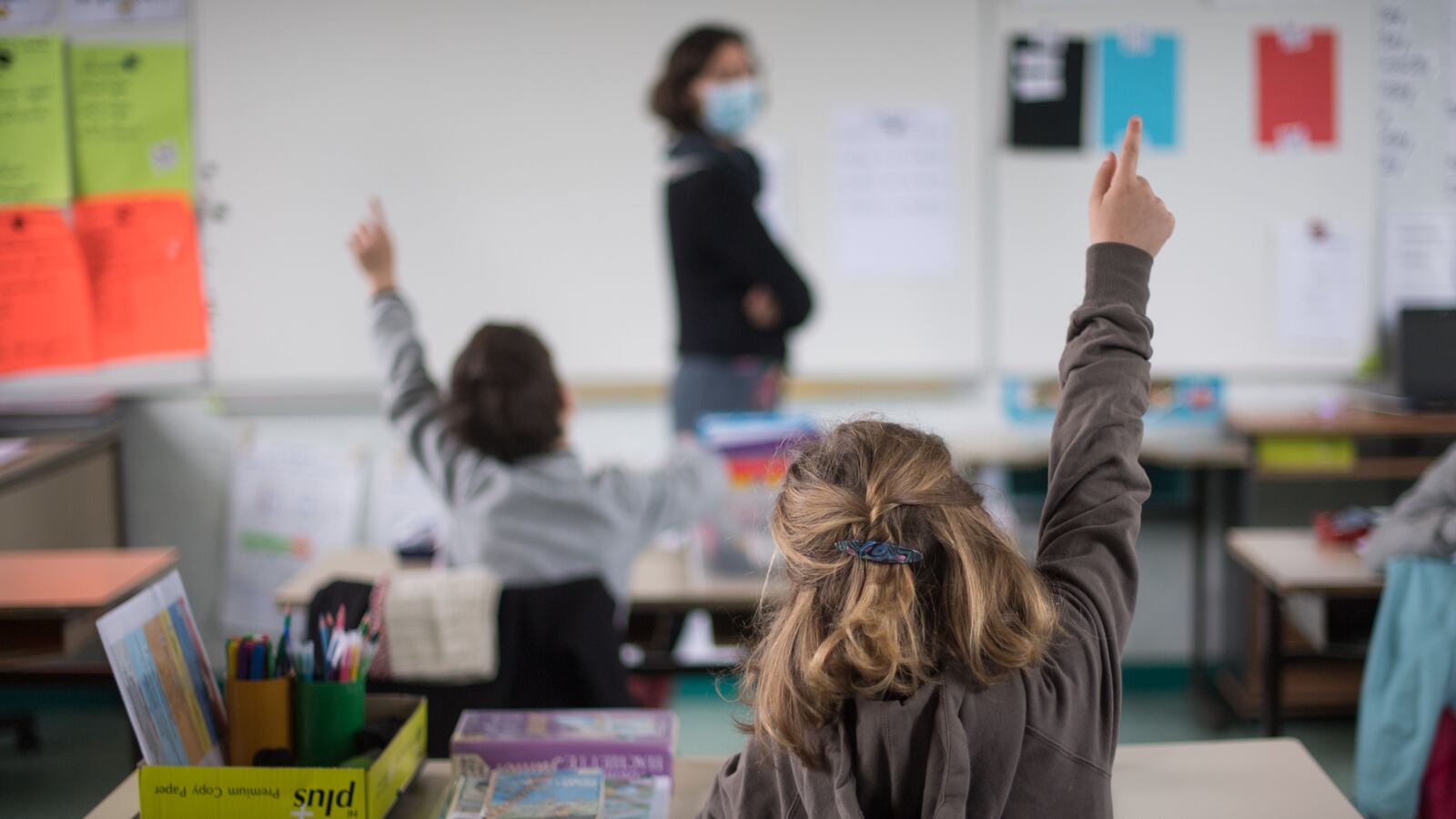Last week, the Colorado district where I teach announced schools would return August 18 for a hybrid of in-person and remote learning. That means that teachers must face the reality of walking into a school building where little of what we were taught about being a teacher will apply. We will be expected at school five days a week, teaching alternating groups of students while also providing remote instruction for those learning from home.

It is bound to be a shock — one that we’ll be absorbing just as many of us are coming to terms with the upheaval caused by the emergency school closures of March 12, 2020.
We are about to encounter a teacher mental health crisis of massive proportions. In the crucial conversation about how we make things right for our students — and we must — we cannot disregard the well-being of educators.
In this moment, our school leaders should be asking: What is being done to support the emotional needs of the teachers? Do they sleep well at night? Are they equipped with the psychological tools to return to an unfamiliar-looking building where they, in turn, are expected to be the emotional and academic cheerleaders for their students? What happens when, instead of getting the virus, we see educators experience anxiety, panic attacks, or stress-induced ailments? Do schools have the necessary supports in place to care for the mental health of its educators?
I would love to see our schools provide teachers with a mental health day, debriefings with counselors, dedicated meditation spaces, and “break cards” that teachers could use to call an administrator or a member of the support staff into their classroom — no questions asked — should they need time to recenter.
Because even on a normal day in a normal year, teachers are overwhelmed. Heck, I cried in front of 35 seventh-graders on a day when their challenging dynamic proved too much for my well-versed classroom management skills.
Last year’s difficulties pale in comparison to the coming year’s expectations.
I am facing a compounding difficulty in planning for the classes I am supposed to teach — robotics, multimedia, yearbook, and graphic design. When I look through the lesson plans I created for these classes last year, I see things like group work, partner activities, hands-on building, shared classroom materials, exploratory learning, icebreakers, flexible seating, flipped instruction, and Jolly Rancher Fridays. I have to rethink every single one of these things through the lens of “don’t touch, don’t share, don’t get too close.”
Every assignment will be individual. Most of what I’ve learned about classroom management and responsive education goes out the door. The high fives and handshakes upon entering, for example. The tennis ball that we pass around when we’re taking turns speaking. The use of proximity to corral an off-task student.
The most traumatic part for me is not whether or not we are in the physical school building; it is that students won’t be able to act like children and teachers won’t be able to act like educators — at least not in the traditional sense.
Try telling a kindergartener that he can’t be on the playground with his friends. Try telling a middle schooler that she can’t swap scrunchies with her girlfriends (and, yes, scrunchies are back). Try telling a high school student in a P.E. class that he can’t play basketball because it’s just too risky to share a ball and guard other players. Try telling an aspiring engineer that she can’t use the classroom materials to build the robot she had been developing.
No teacher knows how to handle these scenarios. There was nothing in my bachelor’s or master’s programs that prepared me for this. Nothing in my student teacher training or my four years of leading a classroom. And if we experienced teachers are floundering, imagine what a first-year teacher must feel like right now.
I wish I could say, “I have a solution!” or that I even have the faintest idea of how things will play out in the coming months. What I do know is that teachers are going through a really hard time as they face the uncertainties and attempt to help their students deal with this moment, too. There’s not exactly a “Returning to School in a Pandemic” guidebook for students or teachers.
Teachers need your friendship, your love, and your encouragement now more than ever. They need to know that they are heard and that their fears are valid.
Teachers may not be able to conquer as much curriculum as in years past, and the ways they teach may be limited — not by their own creativity, but by the safety protocols in place. They also may need the option to step out of the classroom, collect themselves and begin again (see: “break cards”). Understand that they still love your children, our children, and want the best possible education for each and every one of them. Presume positive intentions.
They also need to know that you will support them in whatever decisions they make. For some, returning to the classroom is going to be too much, and that is OK. Don’t crucify them for honoring their mental health. For others, a really tough day in the classroom may mean that they can’t muster the energy to go to your social event. Don’t hold it against them.
Also, please be cautious when posting your opinions about the return-to-school on social media. It can be a volatile place and, of late, a toxic space of politicization. Recognize that active listening instead of active shouting may be in everybody’s best interest.
Pray for teachers. Please pray for me. There’s a long road ahead, and we teachers need all the help we can get.
Autumn Jones is a middle school media and technology teacher in Longmont, Colorado. Her side hustle includes communications and brand management for nonprofits. She can be found on Twitter @faithful_writer.


